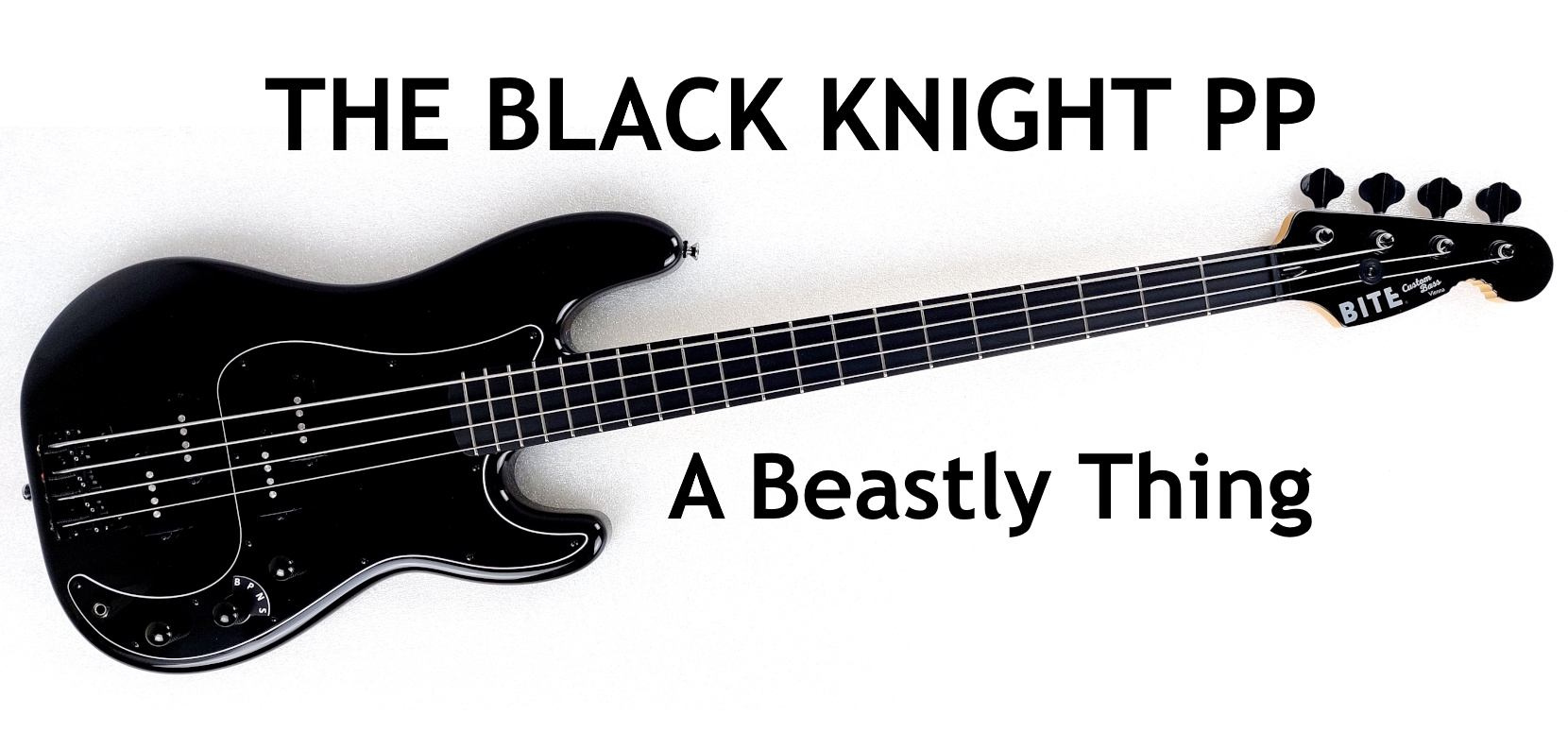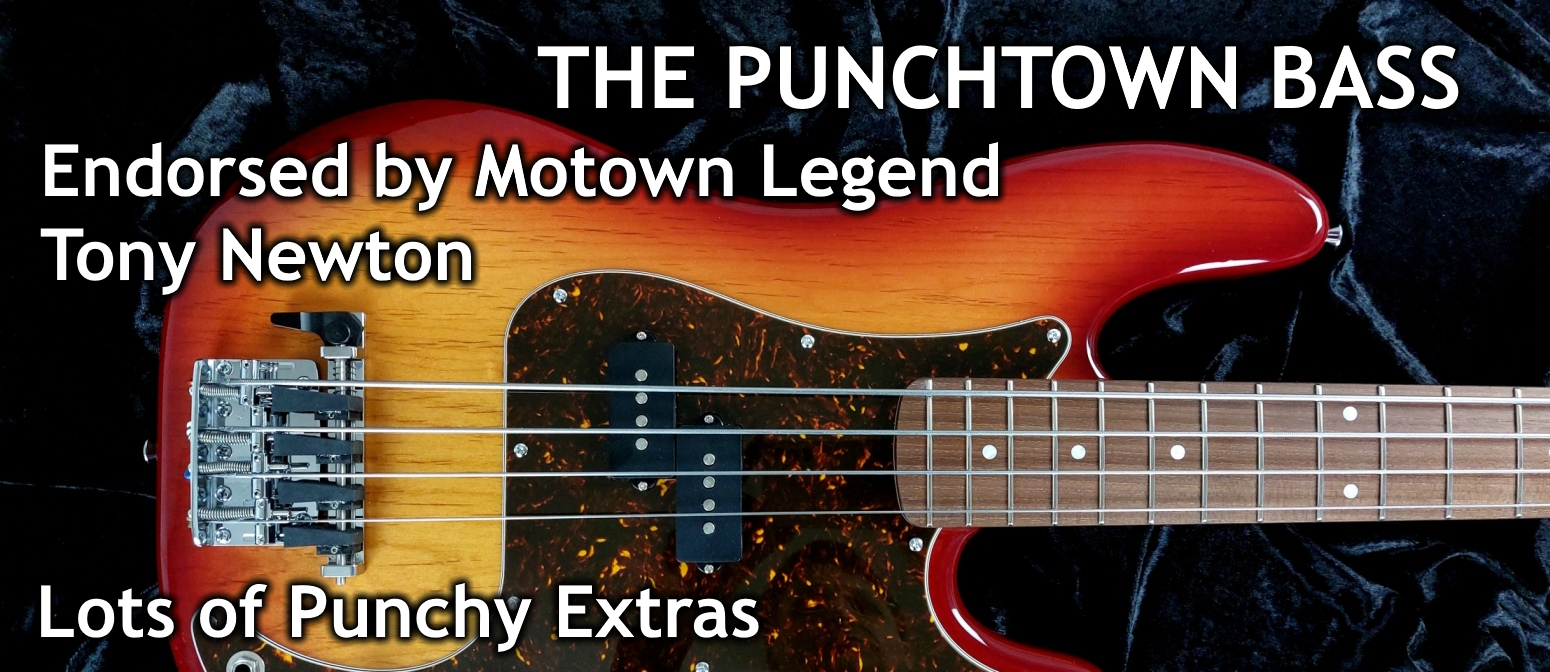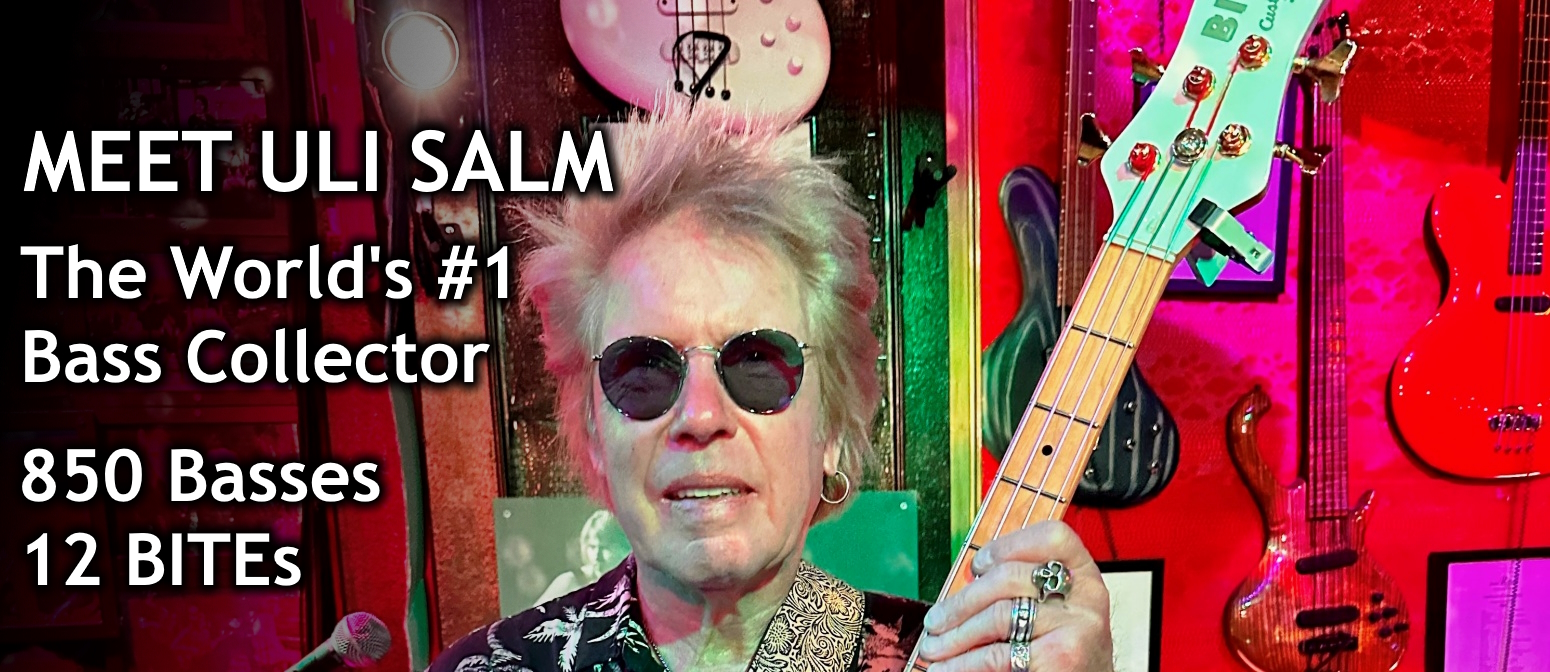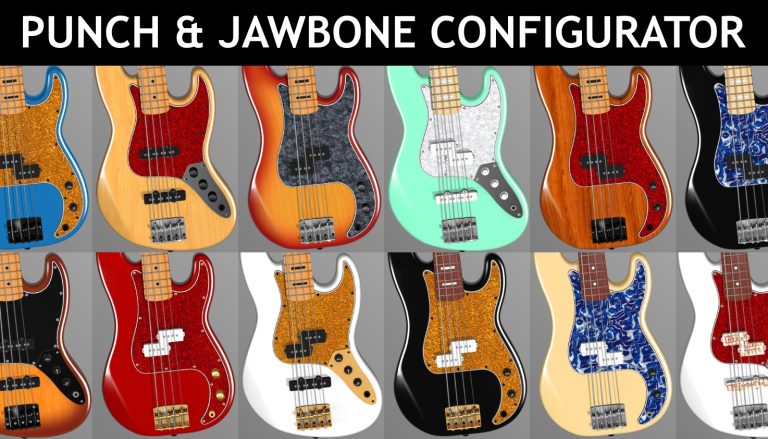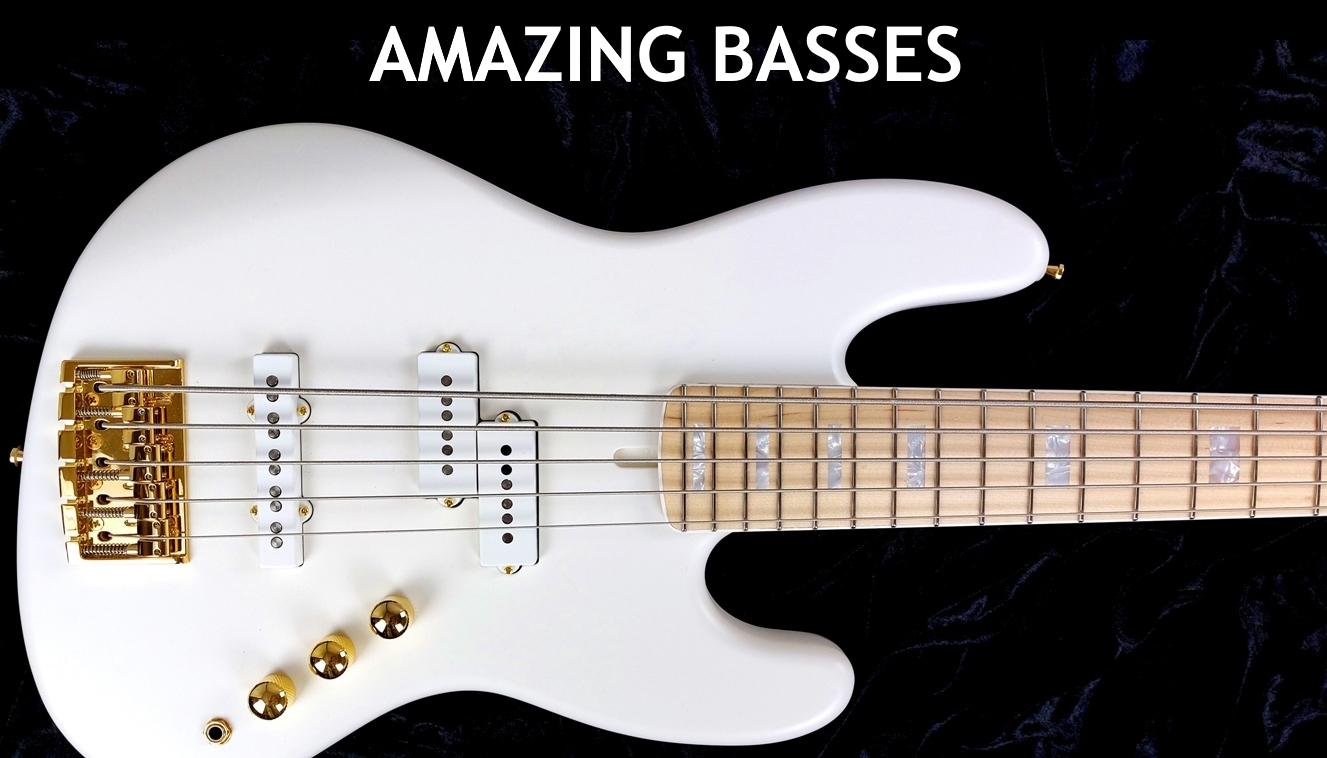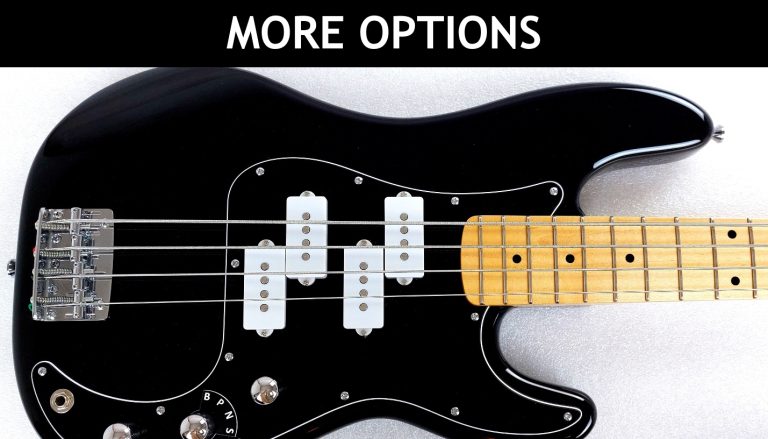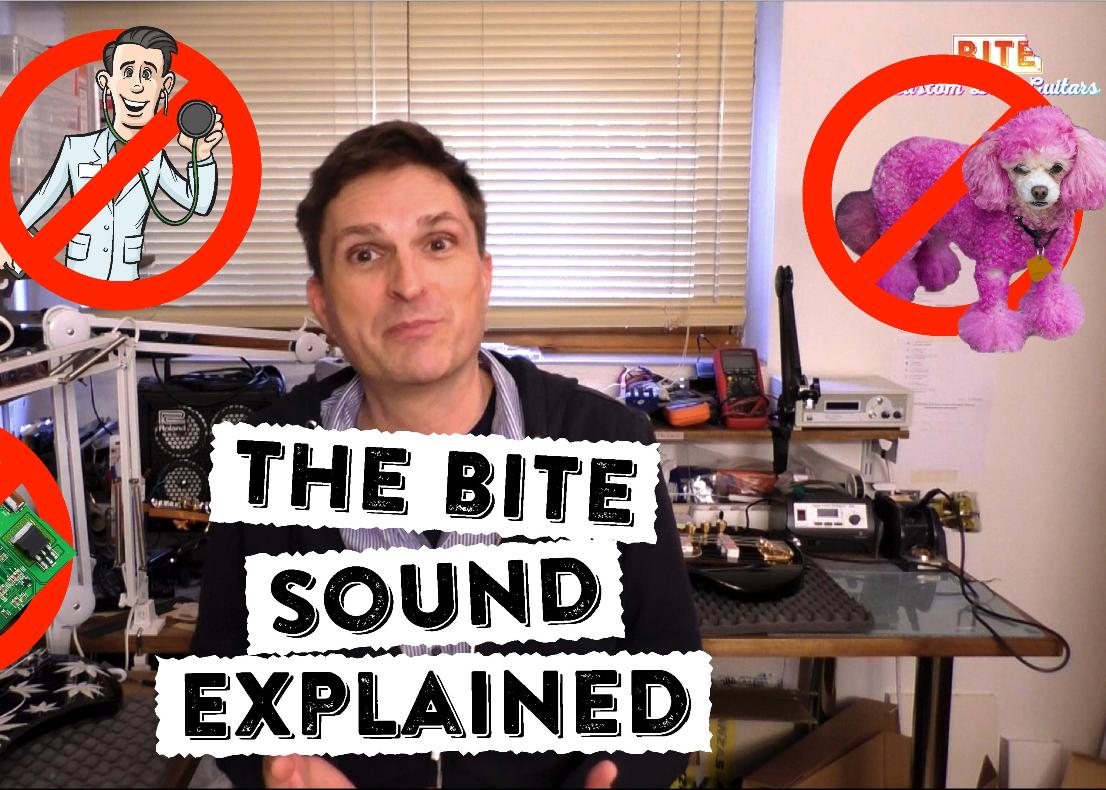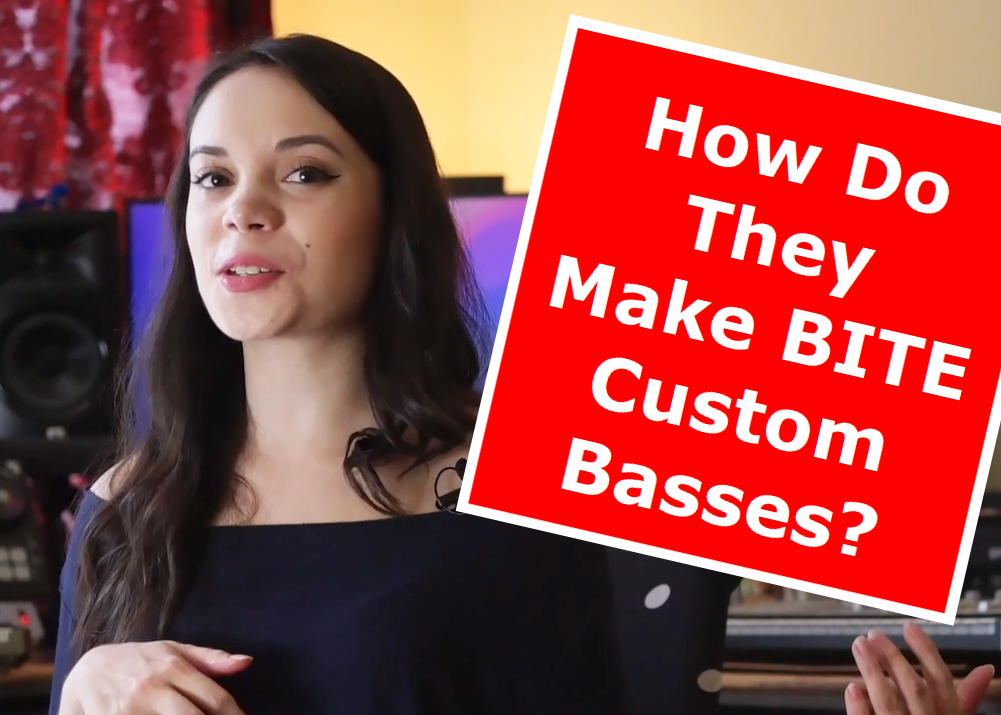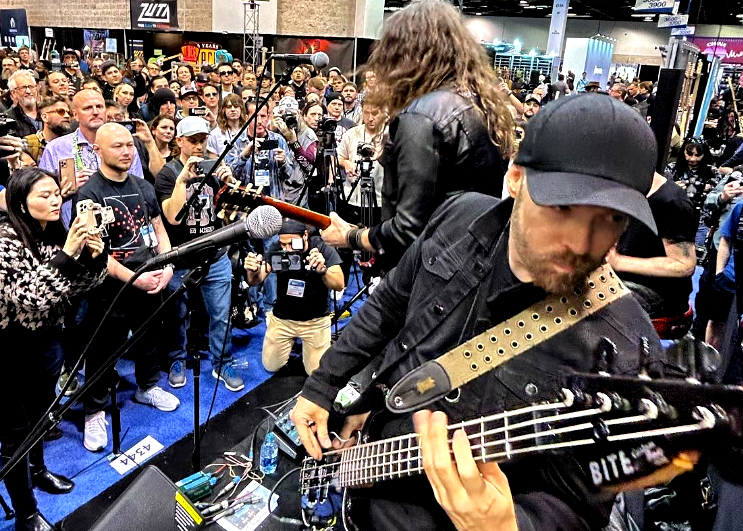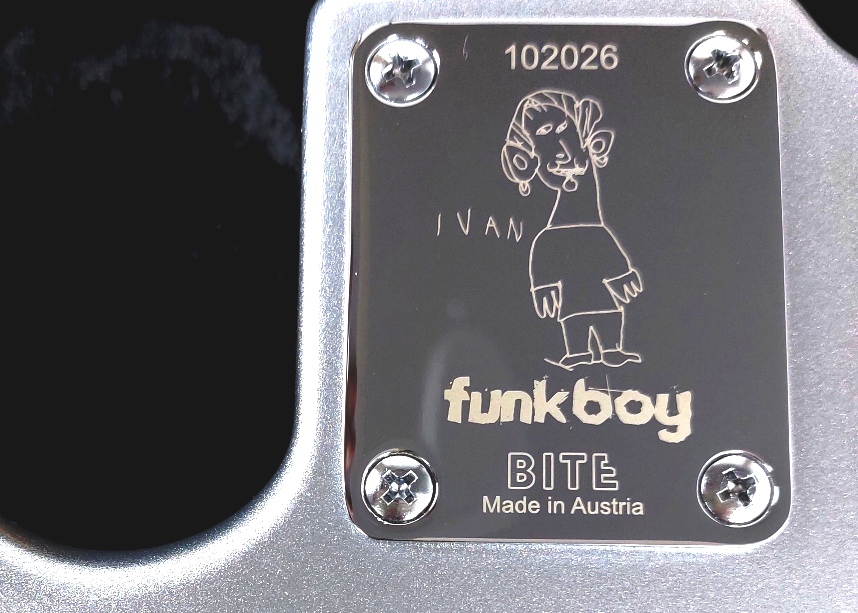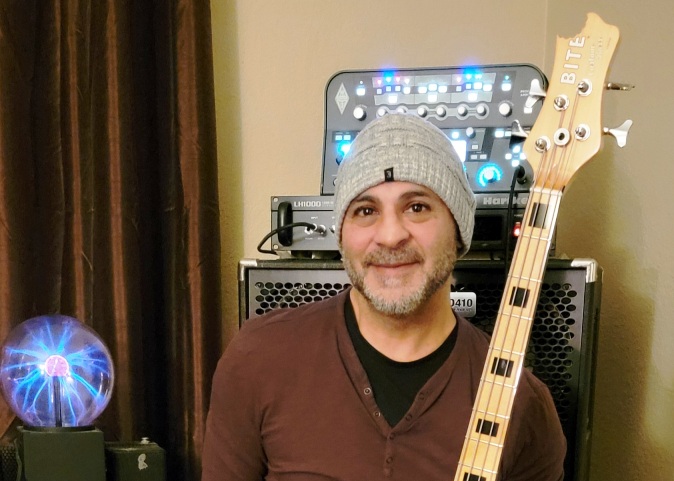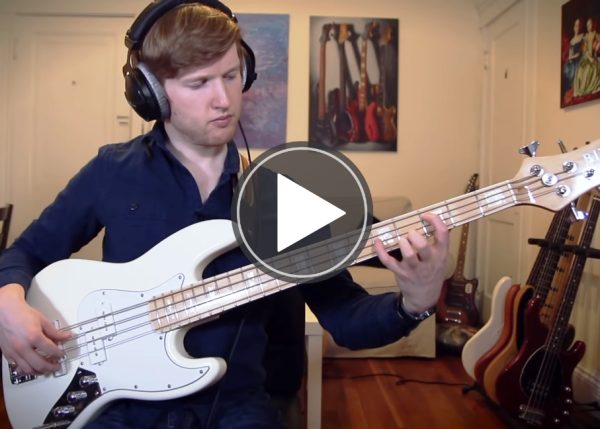Manufacturing fine custom basses in Vienna, Austria, since 2019
All BITE basses carry original BITE 1000mV passive high-output pickups.
That's a record 1000 millivolts of undistorted bass power biting right through your mix.
Thousands of additional choices
5-string, 2734 sound options, shorties, lefties, lightweight, hand-painted and digital artwork ...
Subscribe to our newsletter and win a custom engraved neck plate.
We engrave your text, logo, etc. Our plates fit all standard 4-screw basses & guitars. Mount it on your instrument, give it to a loved one or keep it for good luck. You can also buy your custom engraved neck plate here.
QUICK TIPS
- Build your bass online, add to cart, also add your additions if any, and insert your delivery address at checkout to see your tax-adjusted price incl. shipping costs. Export prices (USA, UK, CAN, AUS, etc.) are tax-free.
- Happy to send you a technical drawing if your configuration is not available in the configurator.
- Pay securely via Paypal, VISA, Master, AMEX, Apple Pay, Klarna or bank transfer in €, $, £ or 25 other currencies.
- We ship worldwide within weeks, mostly via UPS. Shipments are insured against damage or loss until safe delivery at your doorstep.
- Mail or call us if you're lost, we'll guide you to your dream bass.
BITE PERKS
- In case of questions just select Risk-Free Dummy Order at checkout. No payment data, no commitment, no hustling (we're not selling cars nor insurances) we'll get back to you.
- Return policy: Build your bass in our configurator, cancel your purchase up to 14 days after delivery, no questions asked. Yes, return an individually built custom bass. This is unheard of.
- Greenlighting: We seek your OK before dispatch.
- Hold for pickup: We send your bass to a parcel shop near you for pickup.
- Making-of: We send you pics and videos from our workbench to keep you informed of the manufacturing progress.
WHY A BITE BASS?
0% blah blah, we prefer facts
ARTISTS
Stage, studio or bedroom - BITE's 1000 millivolts take artist ground by storm
"Superb, we all love it."
"OMG!!! Our soundman loves it!"
MARTY O'BRIEN, USA
Grammy-winning credit
Celine Dion, Kelly Clarkson, Tommy Lee, Chris Cornell, Disturbed, Daughtry, Phil X
TONY NEWTON, USA
Motown legend
Stevie Wonder, Jackson 5, Marvin Gaye, Temptations, Aretha Franklin, Diana Ross
"Absolutely amazing!!!!!"
ULI SALM, Germany
World's No. 1 Bass Collector
Chuck Berry, Jerry Lee Lewis, Bill Haley, J. J. Cale
"You guys gained a new fan!"
BOBBY SCHNECK, USA
Aerosmith, Slash, Green Day, Weezer
"What a TONE MONSTER! Plays like butter, sounds just killer."
KLAUS VOORMANN, GER
2 Grammy wins, "5th Beatle"
The Beatles, Eric Clapton, Bob Dylan, Manfred Mann
"Clever, great, nice work!"
GREG DELCORE, USA
Grammy-winning credits
Britney Spears
"So impressed! Absolutely gorgeous and sounds amazing!"
SIMON FRANCIS, UK
Ellie Goulding, Kylie Minogue, Lee Rogers
"Loving it! Went straight into gigs and studio sessions."

